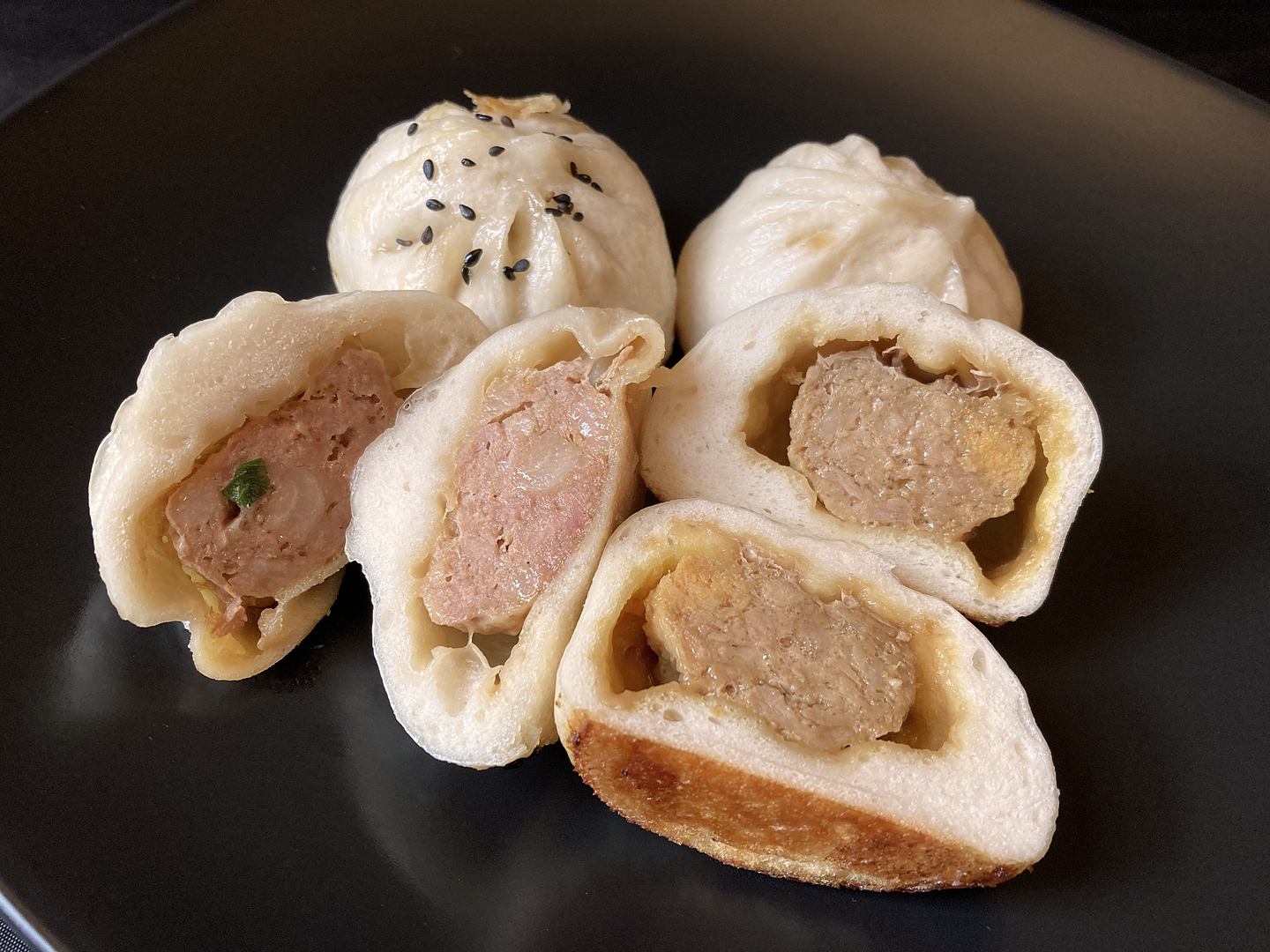(Click on any image to view it in high resolution.)

Props to Bensonhurst, one of Brooklyn’s many great neighborhoods for ethnic food! In this post, I’m referring specifically to the mile or so stretch of 86th St that hosts a parade of Chinese, Italian, and Georgian/Eastern European markets and restaurants. My customary plan of action is to take the D train to 25th Ave in Brooklyn and explore from there, walking northwest along 86th St for a little over a mile. It’s good exercise and you’ll often find unique renditions of the represented cuisines.

Case in point is this prosciutto bread: distinctive and in a class by itself. Most prosciutto breads I’ve sampled have been on the dry side with a low ham to bread ratio; this version is unquestionably the best I’ve ever tasted – a phrase I seldom use. It’s pillowy soft, satisfyingly chewy, and richly flavorful. All two pounds of it! How it succeeds in being airy and dense simultaneously is a conundrum I’ll leave for others to solve.
Find it at Vucciria Food & Gourmet, 2275 86th St (I don’t know if it was named for the market in Sicily). IMHO it’s worth the trip. (Excellent 7-layer rainbow cookies there as well! 😉)
More Bensonhurst to come, so stay tuned.
Stay safe, be well, and eat whatever it takes! ❤






















